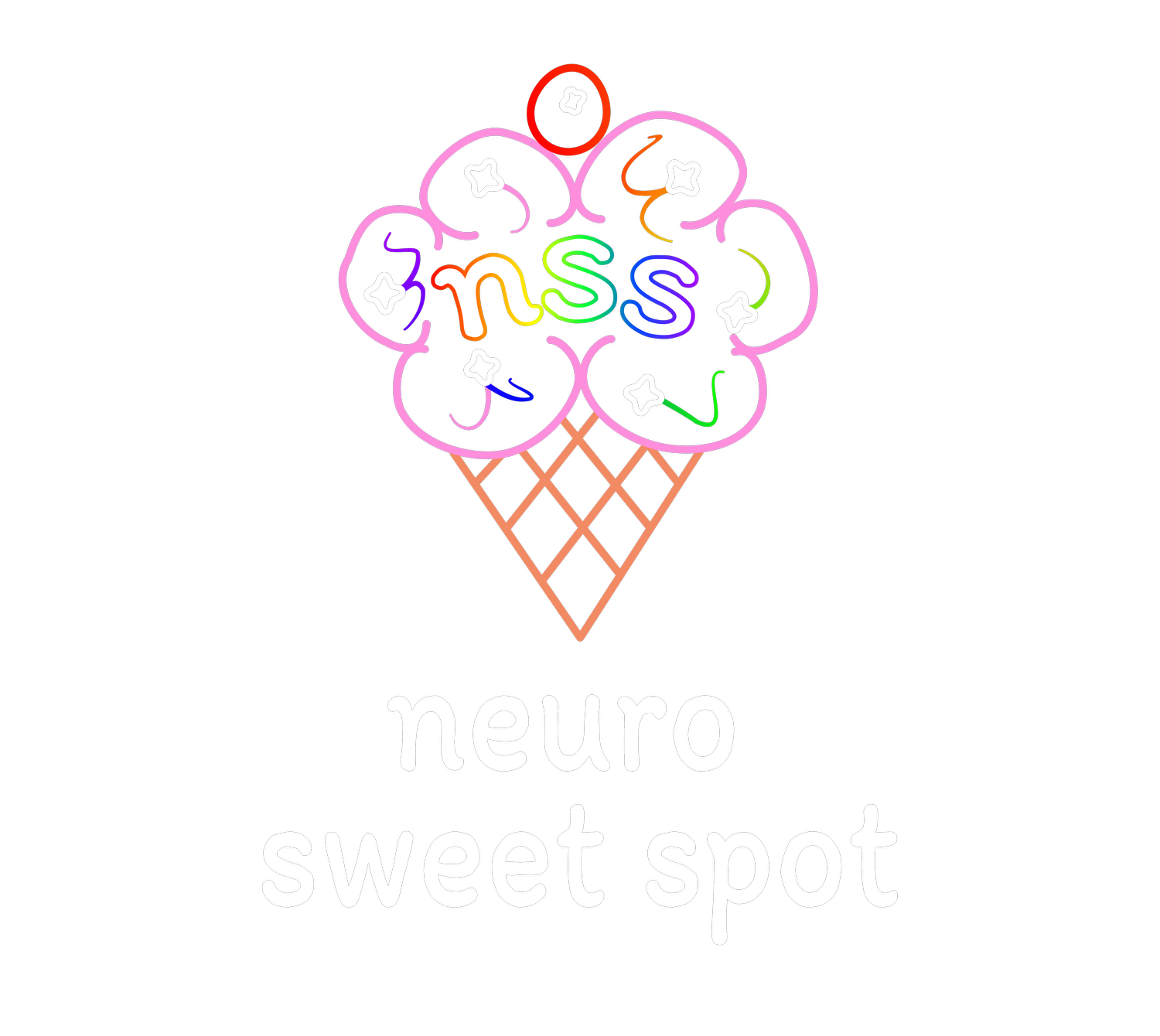
Education and Tools for Parents Learning about Neurodivergence For Their Kids
Understanding Neurodivergence in the Classroom
How to Recognize & Support Different Brain Types in Your Students
🧠 What is Neurodiversity and Neurodivergence?
Neurodiversity refers to the natural variation in brain functioning and processing. Terms given to these differences in sensory motor patterns in the nervous system include ADHD, Autism, Dyslexia, Sensory Processing Differences, Dyspraxia, and more. These differences aren't deficits necessarily but unique ways of experiencing and interpreting the world. Understanding how neurodivergent brains work biologically allows us to shift from a deficit model to a strength-based approach that fosters growth. We must still leave space to discuss limitations without inherently attributing it as a deficit, however.
Neurodivergent is a term to describe an individual with a brain variation other than “neurotypical.”
🔬 The Brain Science Behind Neurodivergence
ADHD: Differences in dopamine regulation affect motivation and attention. ADHD brains seek novelty and stimulation and struggle with task initiation due to lower baseline dopamine levels.
Autism: Enhanced neural connectivity leads to heightened pattern recognition and sensory sensitivities, making consistency and predictability vital for reducing cognitive overload.
Dyslexia: The brain processes language differently, particularly in the left hemisphere's phonological processing areas, making traditional reading approaches ineffective without accommodations.
Sensory Processing Differences: Some brains over- or under-respond to stimuli due to differences in the thalamus and amygdala, impacting self-regulation and focus.
🚫 Myth-Busting Common Misconceptions
MYTH: ADHD students are lazy or not trying hard enough.
TRUTH: Their executive function system struggles with task initiation due to dopamine regulation differences. Tools like timers and external motivation can help bridge this gap.MYTH: Autistic students lack empathy.
TRUTH: Many autistic students experience hyper-empathy, making emotional processing overwhelming.MYTH: Dyslexia is about seeing letters backward.
TRUTH: Dyslexic brains process sound-symbol correspondence differently, making phonics-based approaches more effective.
🌈 The Brain Rainbow Model
Instead of viewing neurodivergence as a “disorder,” think of brains like a spectrum of colors, each with unique strengths and struggles. The neurodiversity paradigm suggests that these differences are evolutionary variations, not flaws. This means we need flexibility in teaching, so students can learn in the way that best suits their processing style.
Accommodations & Adaptations for Neurodivergent Students
The next step is implementing strategies that support your students’ unique ways of learning and processing. Accommodations are not about lowering expectations—they’re about giving students the tools they need to meet their potential. Here are some key adaptations you can use to create a more inclusive and effective learning environment:
🏗 Structuring the Classroom for Success
1. Flexible Seating Options – Some students focus better when they have movement options (e.g., standing desks, wobble cushions, fidget-friendly seating). Offering variety helps students self-regulate and find the best learning position for them.
2. Minimized Sensory Overload – Bright lights, loud noises, and cluttered environments can be overwhelming. Providing noise-canceling headphones, dim lighting options, or designated quiet spaces can help neurodivergent students stay engaged.
3. Clear and Predictable Routines – Posting schedules, using timers, and offering visual reminders help students prepare for transitions and reduce anxiety. The more predictability, the less cognitive energy students have to spend figuring out “what comes next.”
📝 Instructional Strategies That Work
4. Multi-Modal Teaching – Present information using a combination of visual, auditory, and kinesthetic approaches. Written instructions, verbal cues, and hands-on demonstrations give all students access to the material in a way that works best for their processing style.
5. Chunking Information & Breaking Down Tasks – Long assignments or lectures can be overwhelming. Breaking tasks into smaller steps with checkpoints helps students manage workload and stay engaged.
6. Alternative Ways to Demonstrate Understanding – Allow students to show what they know through different formats—oral presentations, art, videos, or physical models—rather than relying solely on written work or timed tests.
🎯 Supporting Executive Function & Focus
7. Movement Breaks & Stimulation Regulation – Short, structured movement breaks (e.g., stretching, jumping jacks, or a quick walk) can help students reset their focus. Offering discreet fidget tools can also improve concentration without disrupting the class.
8. Externalizing Memory & Organization – Visual checklists, digital organizers, and step-by-step instructions can help students who struggle with working memory and organization. Tools like planners, timers, and task-tracking apps can be game-changers.
9. Modified Timelines & Extended Processing Time – Some students need more time to process questions, formulate responses, or complete tasks. Building in buffer time or allowing alternative pacing ensures they can fully engage with the material.
🧩 Social & Emotional Considerations
10. Clear, Explicit Social Expectations – Many neurodivergent students benefit from direct explanations of social norms and classroom expectations. Role-playing, social scripts, and structured peer interactions can support their understanding of group dynamics.
11. Validation & Emotional Regulation Tools – Recognizing students’ emotional responses without judgment helps build trust. Having calm-down corners, breathing exercises, and structured check-ins can prevent meltdowns and shutdowns.
12. Strength-Based Framing – Focusing on what students do well and leveraging their interests can boost confidence and engagement. Whether it’s allowing an ADHD student to present a topic they’re hyperfocused on or integrating an autistic student’s deep knowledge into lessons, celebrating strengths makes learning more meaningful.

